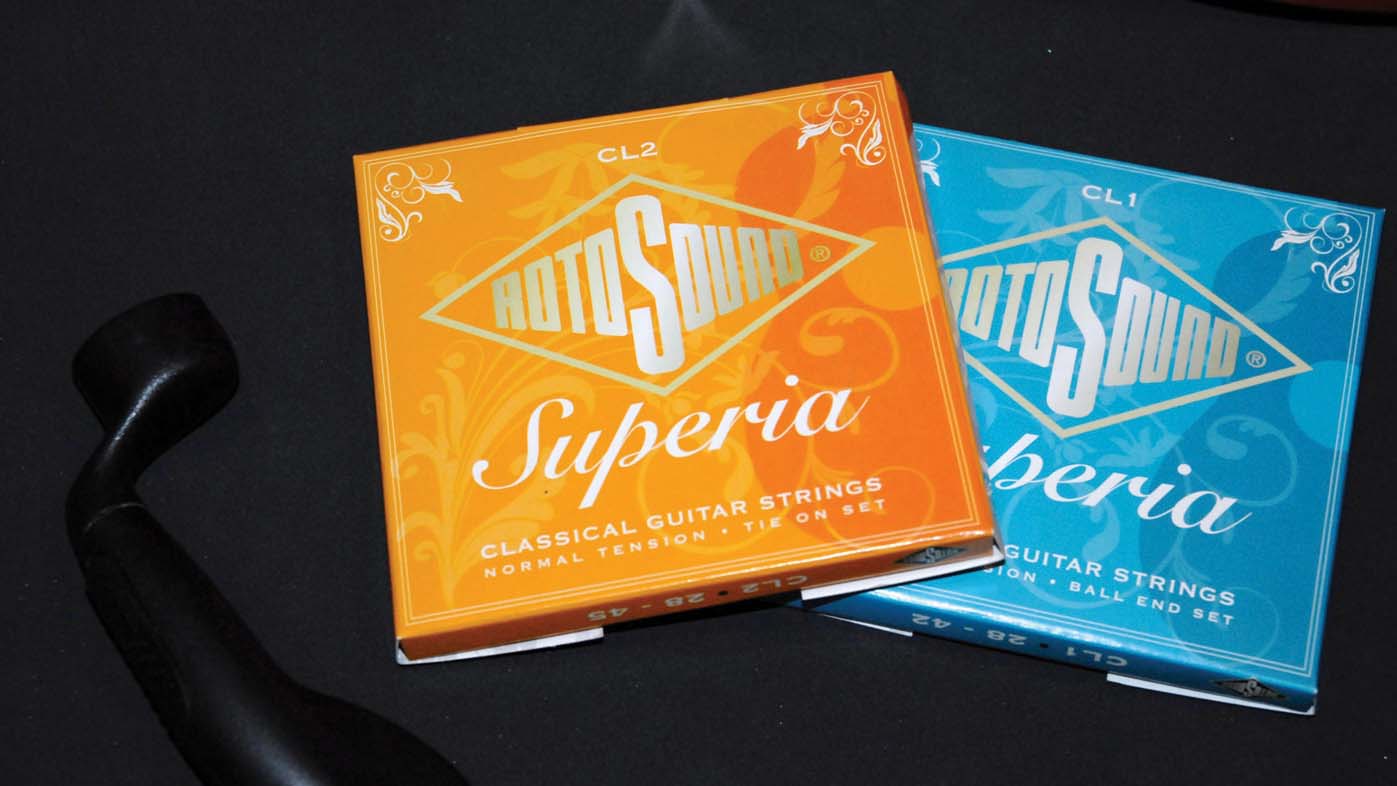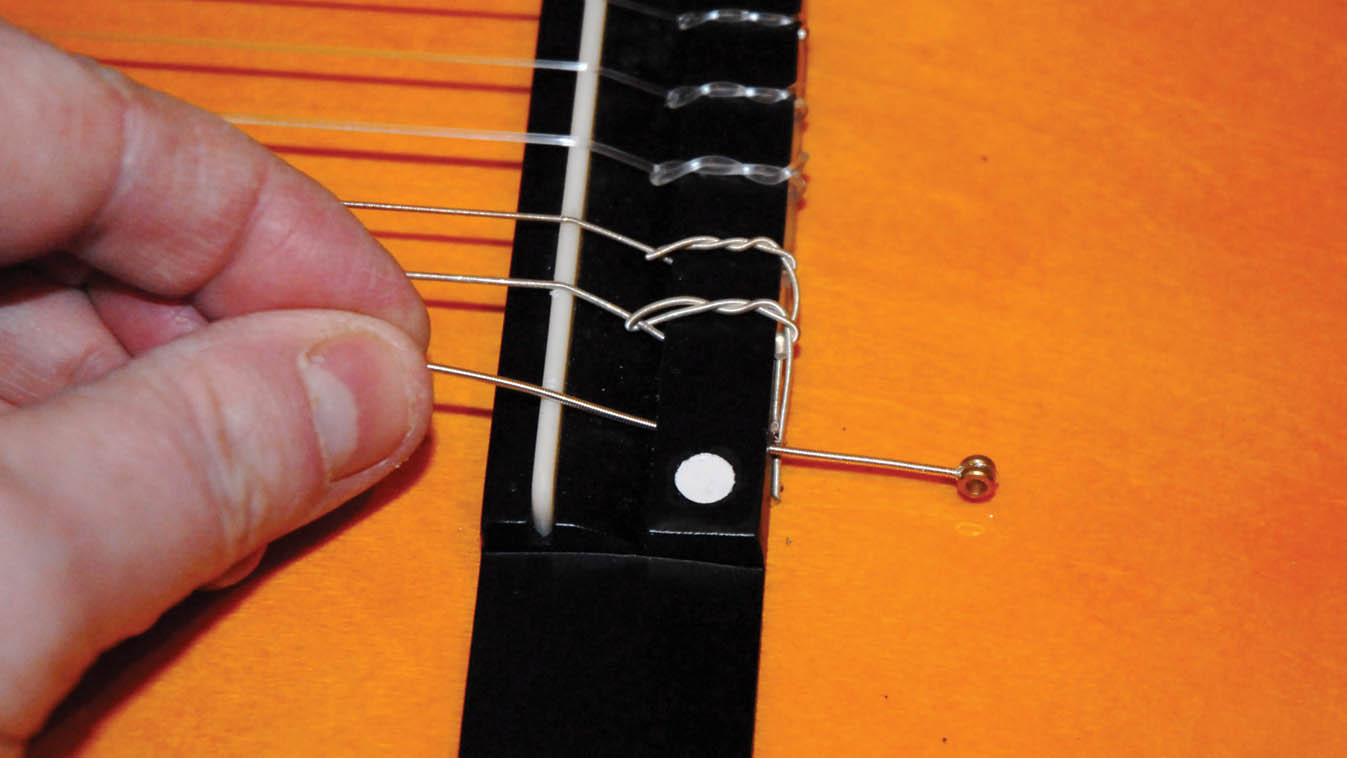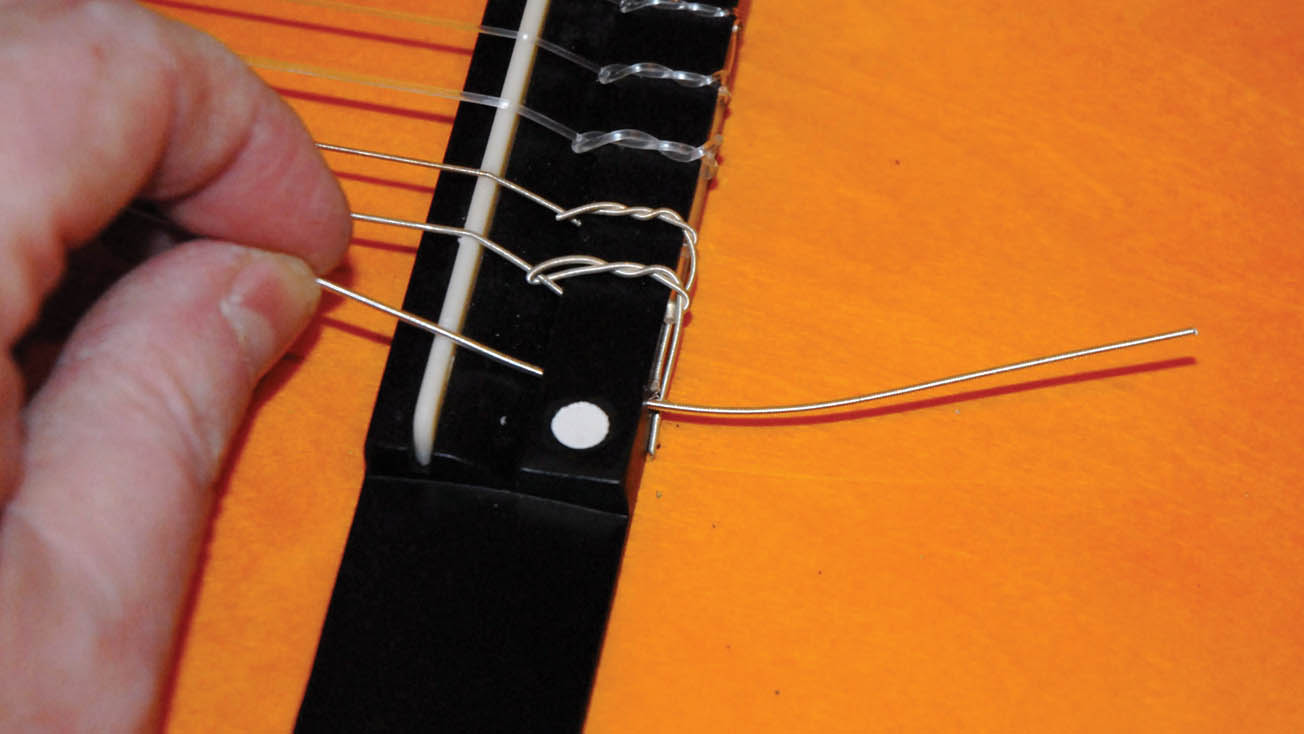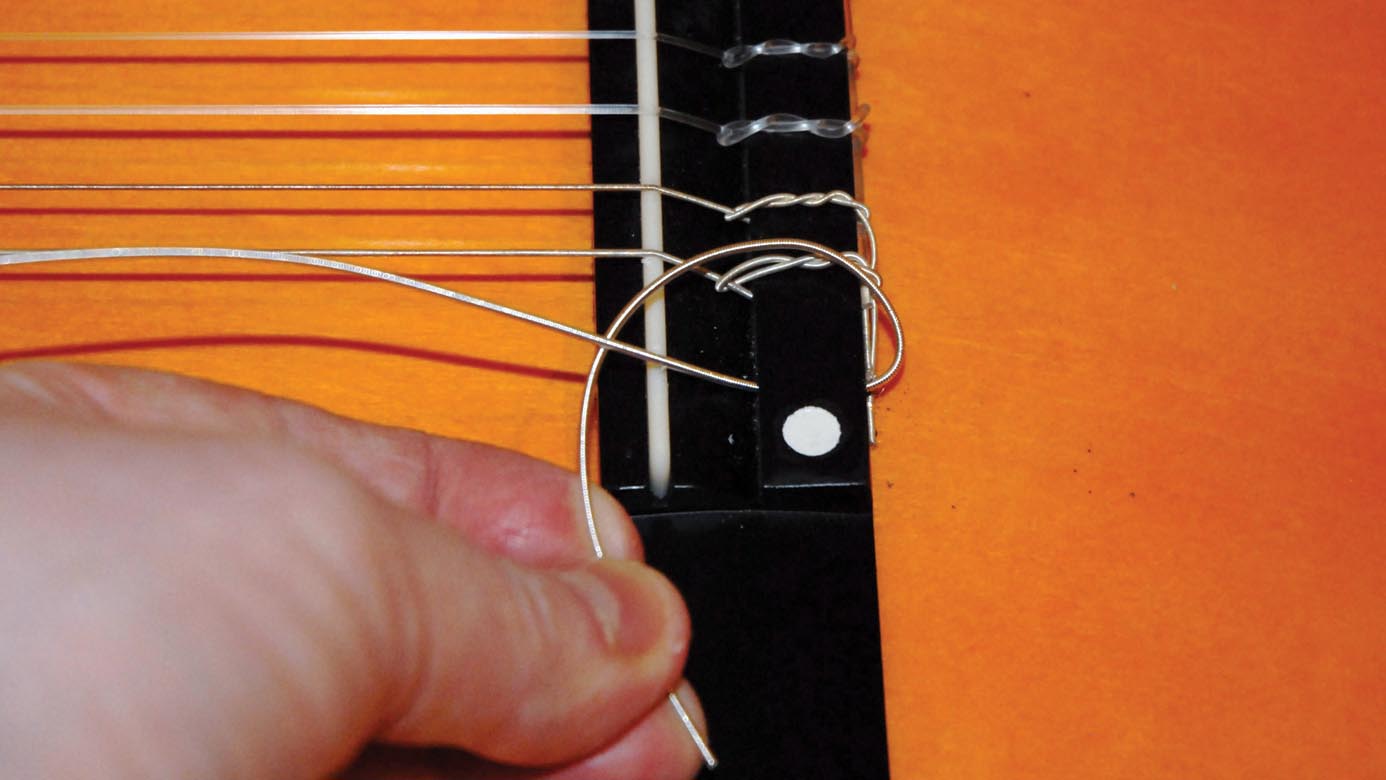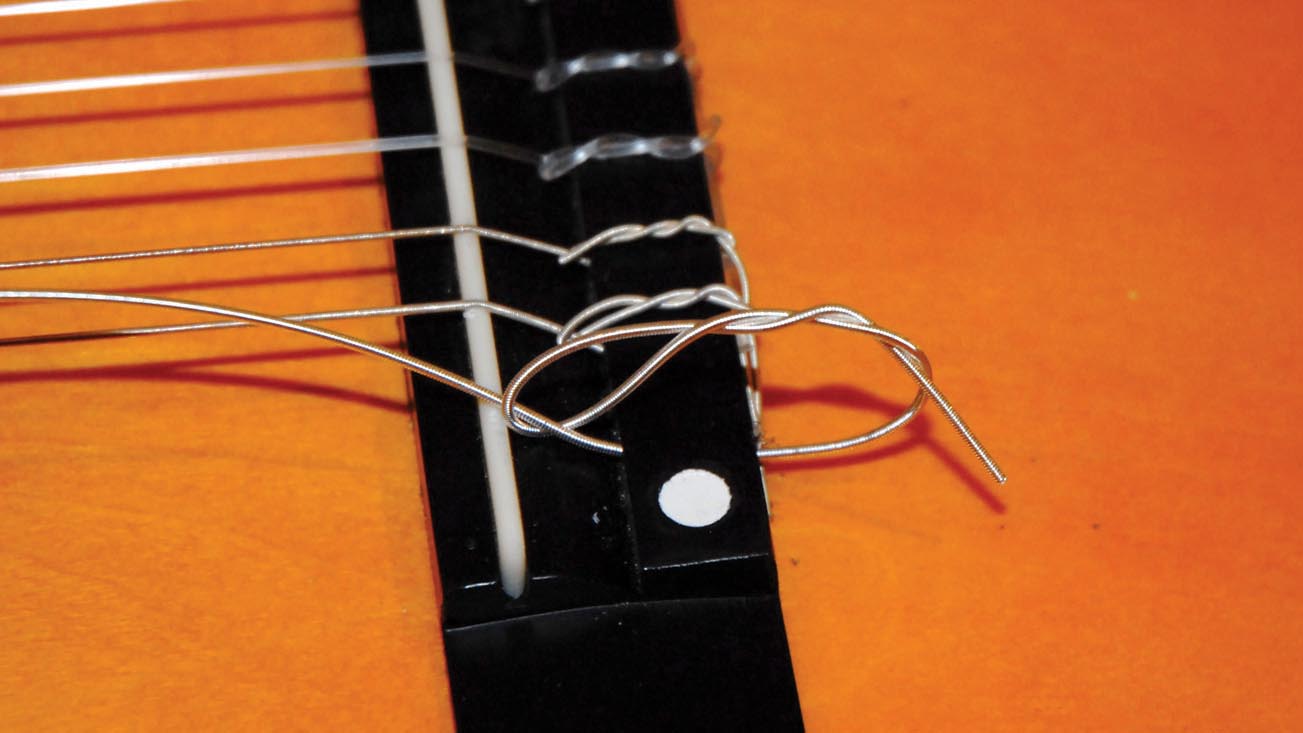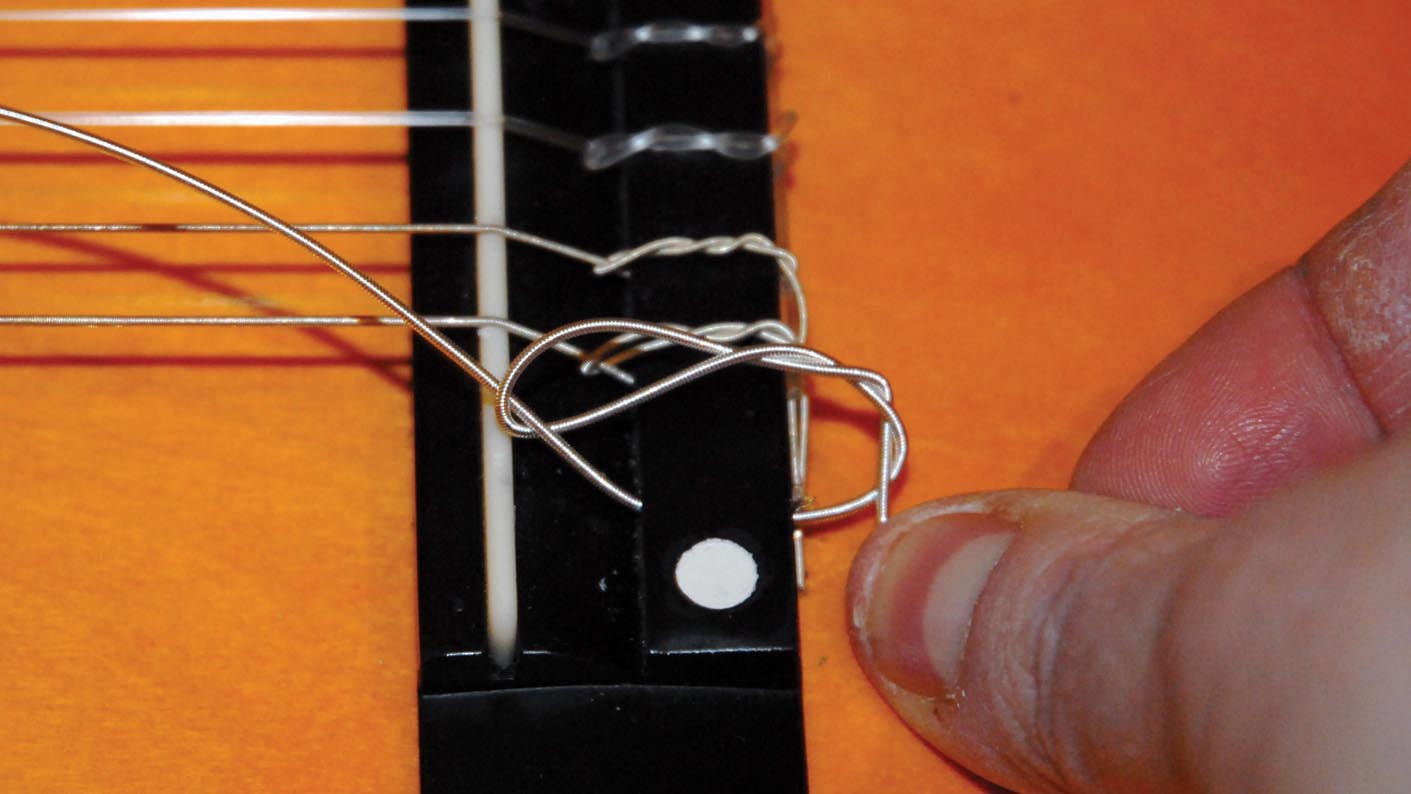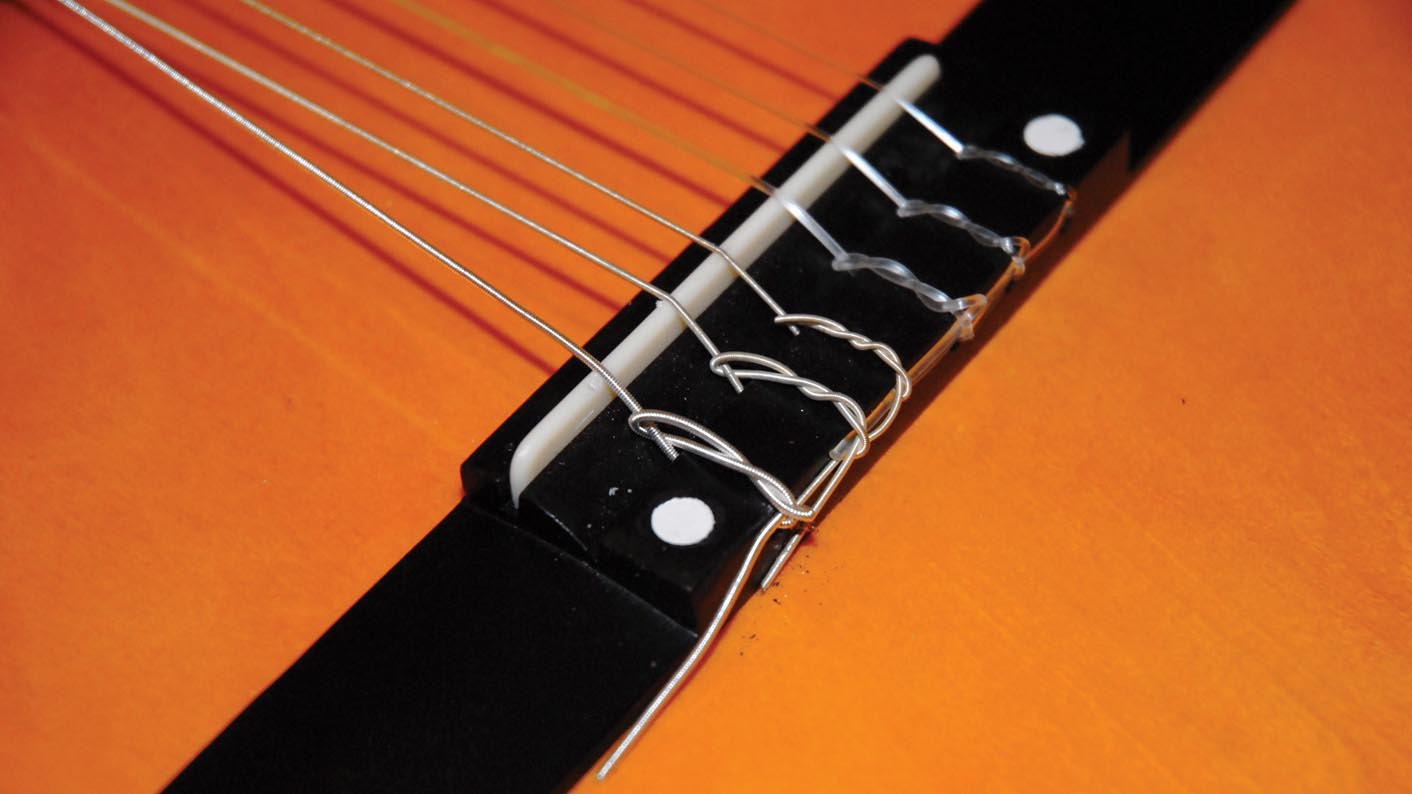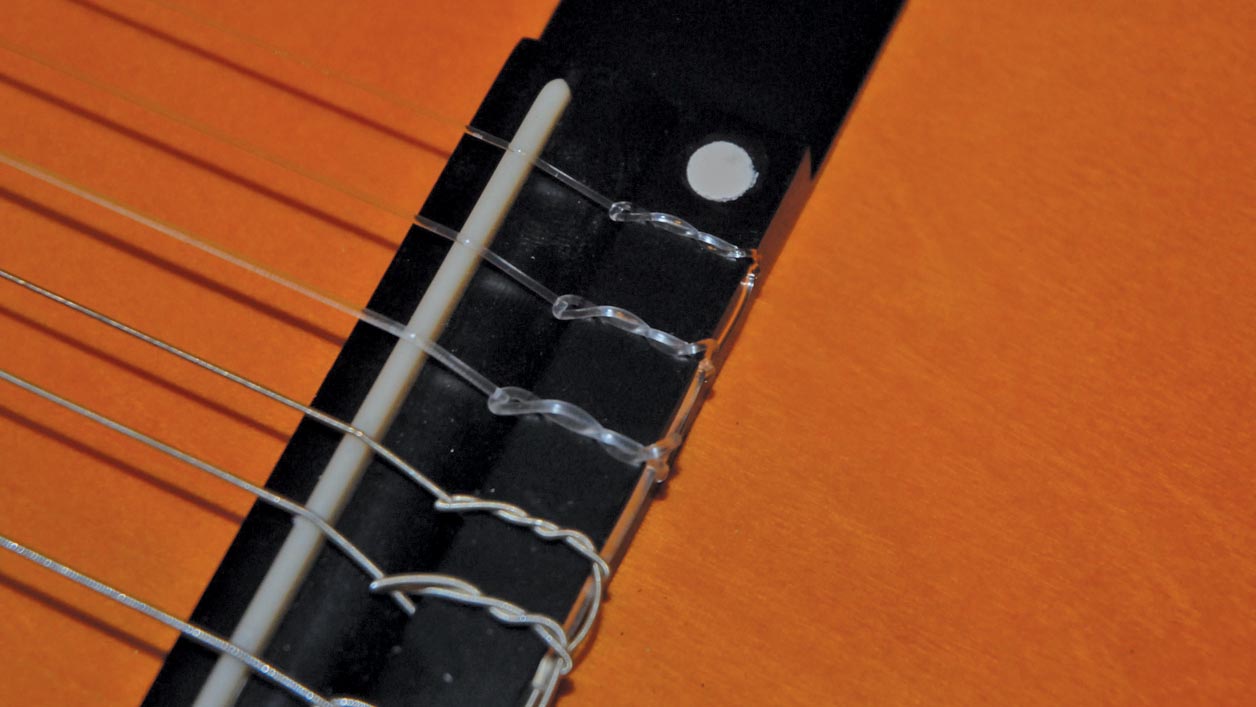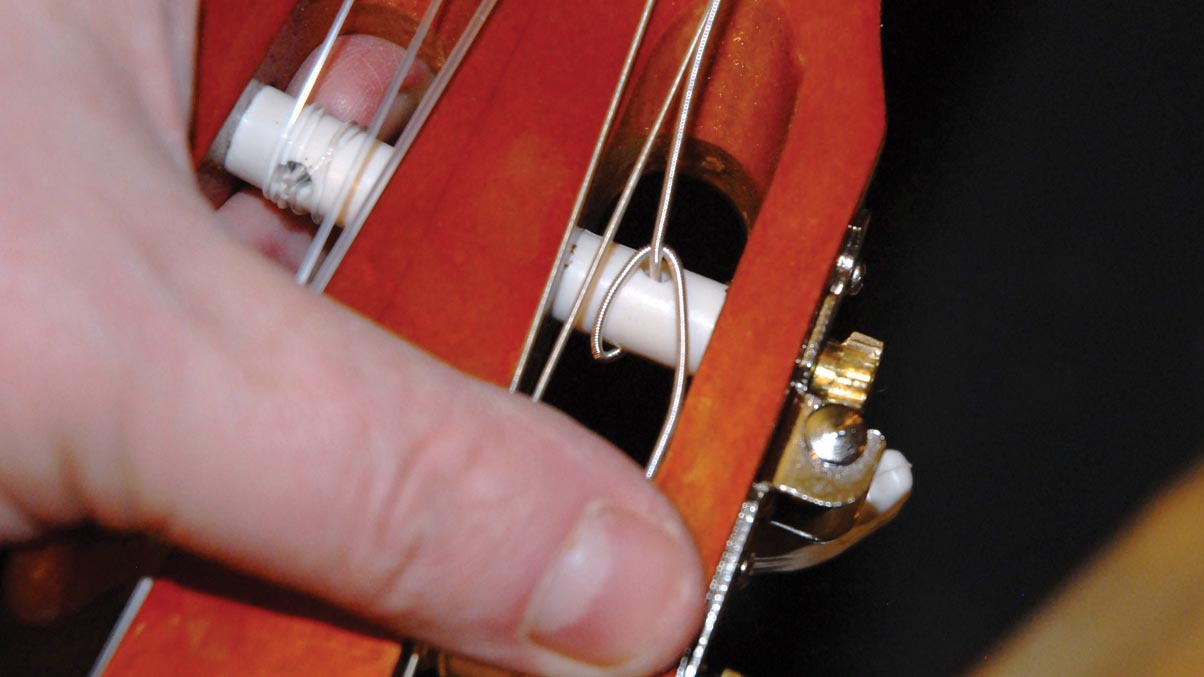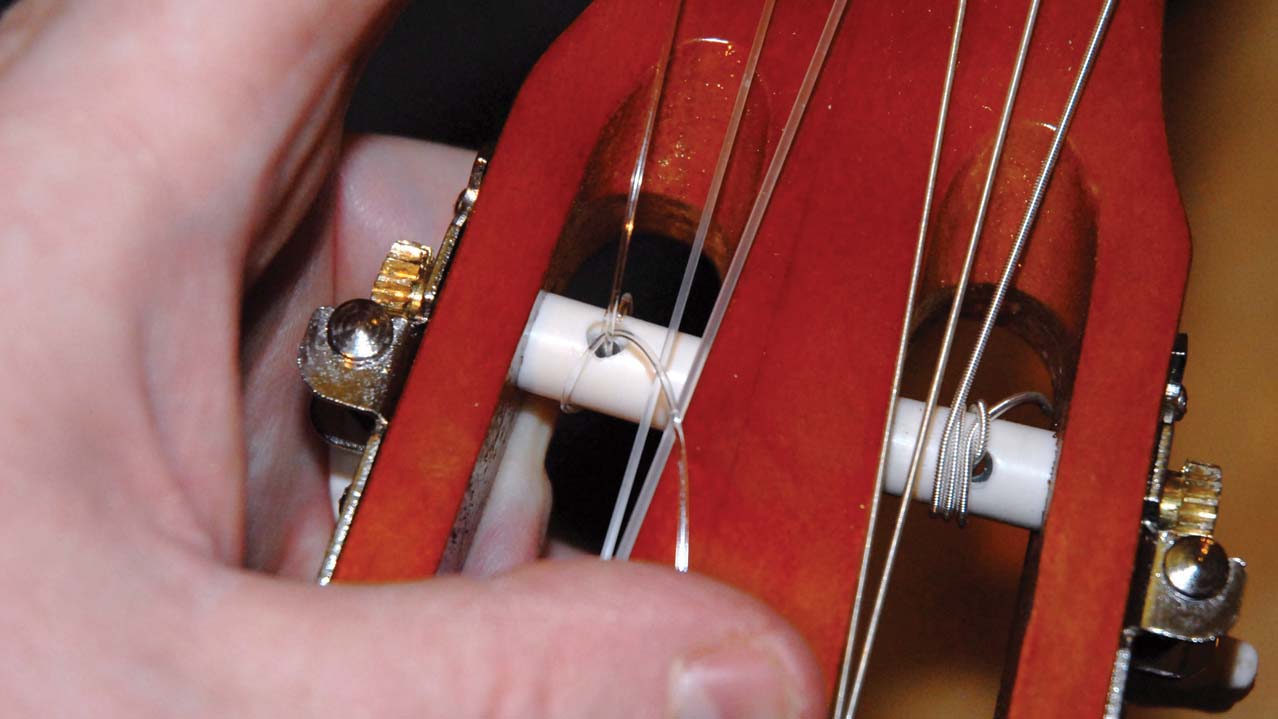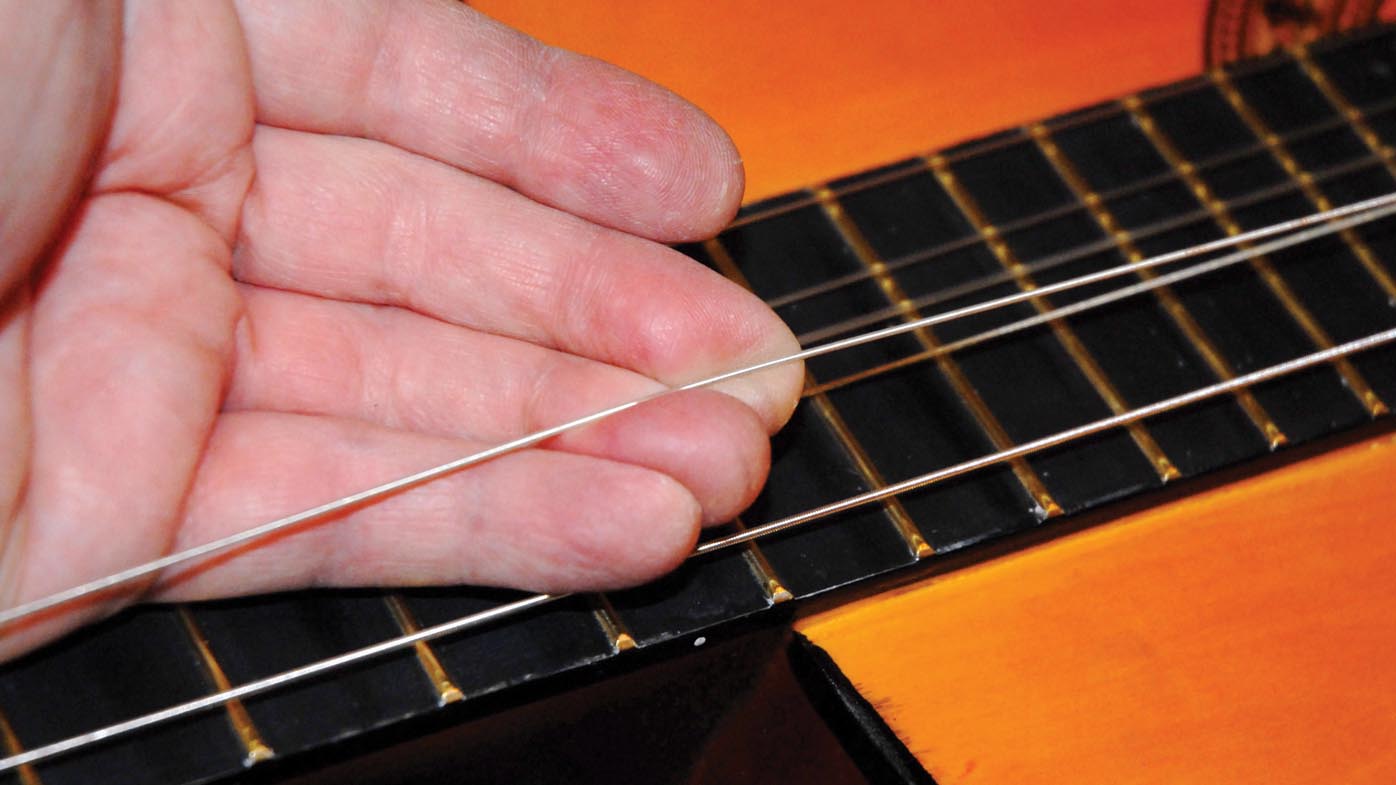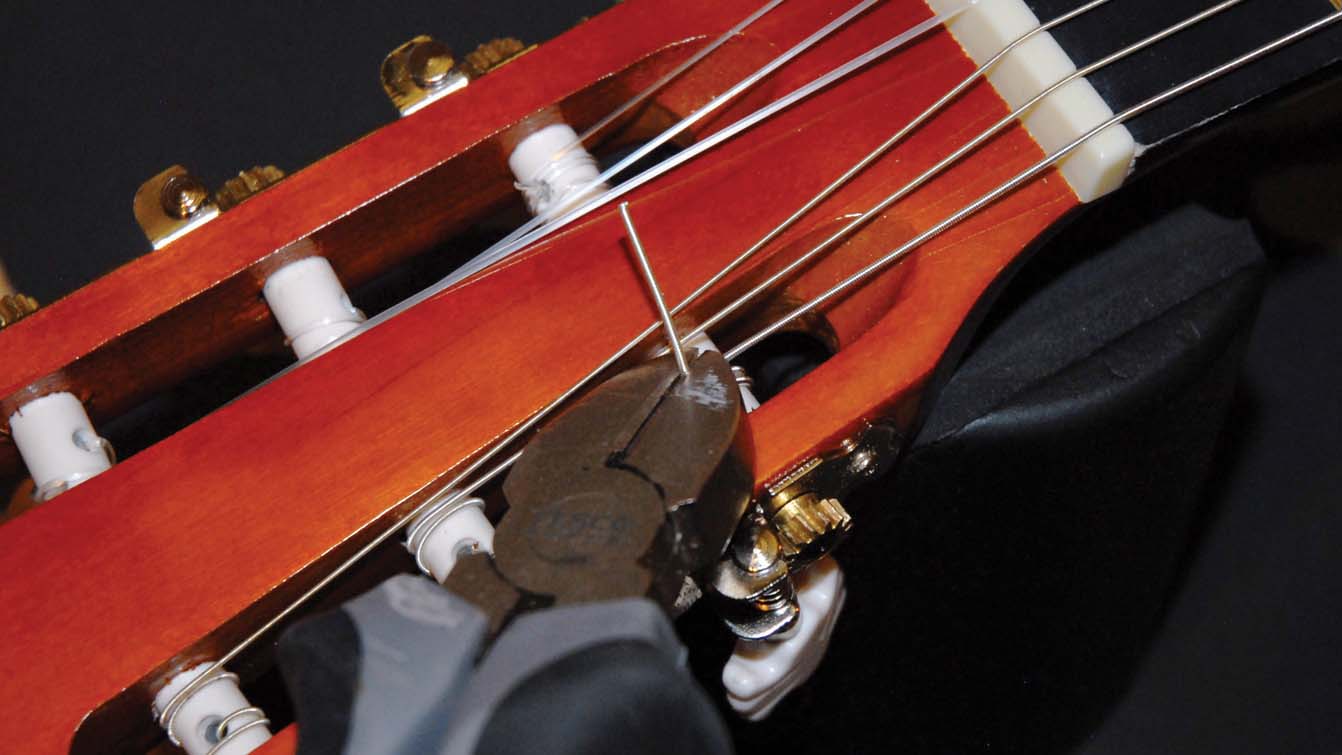Guitar setup: how to restring a nylon-string classical guitar
Restring with success using our classic method
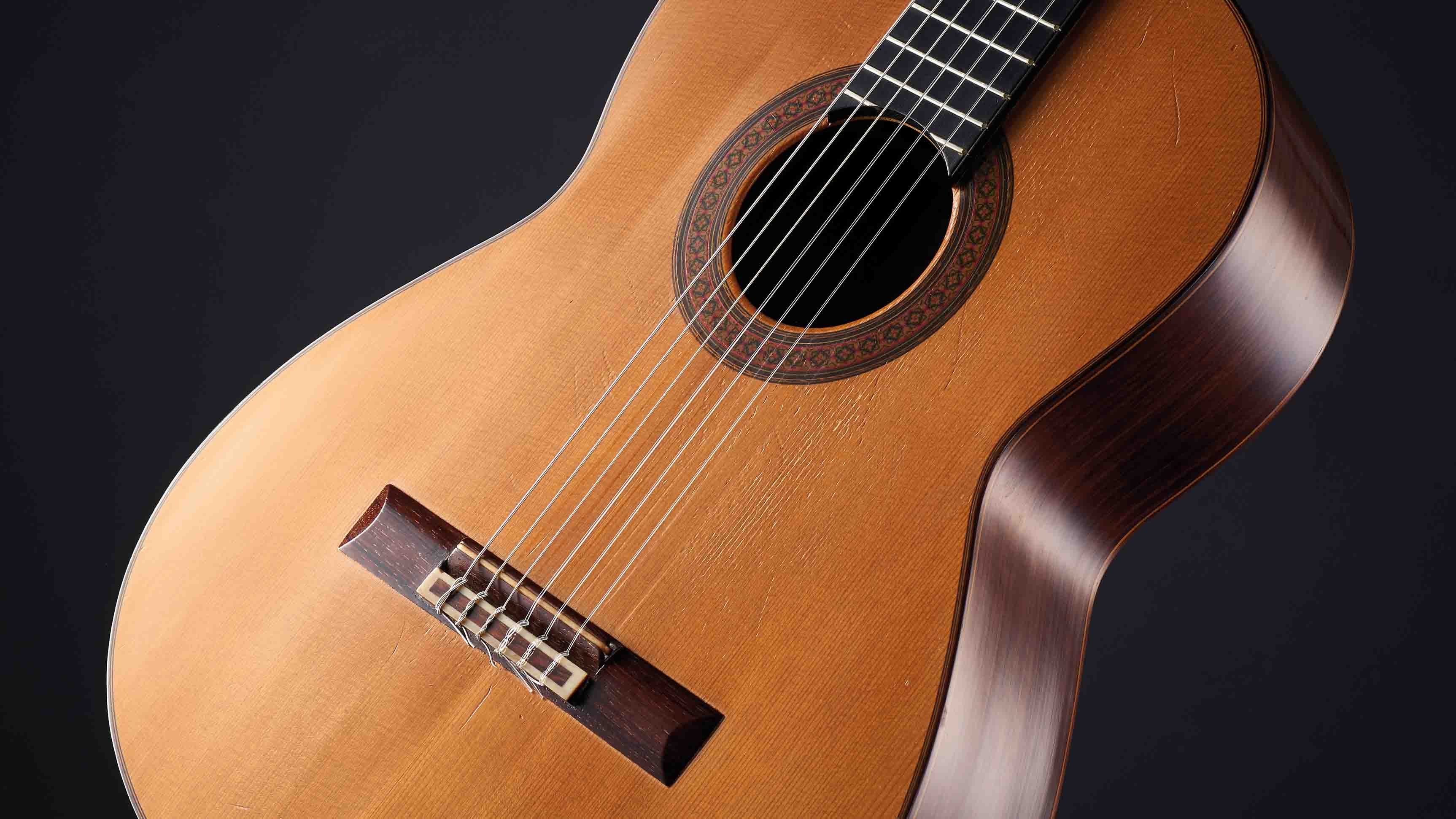
Introduction
If your strings sound dull, suffer from poor intonation, are hard to keep in tune or look rustier than a fisherman’s lunchbox, replace them.
Nylon classical strings are available in two formats: tie-on and ball end. Both types are covered in our guide ahead.
If you care about tone, buy a quality set of ‘normal tension’ classical strings from the likes of Rotosound, D’Addario or Dean Markley.
Oh, and never fit steel strings to a classical guitar. Most nylon-strung guitars don’t have trussrods to protect their necks from the increased tension of steel strings, which means the neck on your guitar will warp.
With that out the way, here's how to restring your nylon-string guitar, classical style…
